Sign Up for The Bluntness Newsletter for Your Weekly Dose of Cannabis News
When buying your cannabis, who can you trust? The New York-based startup Lucid Green is hoping it’s them. “This is a trust and transparency platform,” says company co-founder and president Paul Botto. “Every brand wants to deliver the safest, most predictable, most enjoyable experience. But very few have found ways to actually deliver upon that so we are giving them a platform.” Botto describes Lucid Green’s web app system as being built for the cannabis consumer who thinks, “I want to buy a product, and I don’t want to roll the dice every time I try something new.”
Through Lucid Green, dispensary customers can point their camera phones at scan codes on affiliated products and be instantly linked to deep-dive info compiling their proper dosage, expected effects, and recorded testing results. The platform also provides dashboard tools to track how high that gummy might have made them and earn loyalty rewards for their favorite brands. With time spent in the data mines at Google, Botto brings a calibrated sense of how much data is too much. (“One of the things I learned [at Google Analytics] was that just dumping mountains of data on people can be more debilitating than not having any data at all,” he says.)
Revenue comes from cannabis brands, who pay Lucid Green to put the codes on their packaging and provided the info stash on the other end. They can also use the platform to remotely train dispensary budtenders on brand particulars, and track how often that leads to increased sales. Eventually, the company theorizes that customers will learn to associate LG affiliates with a higher standard of trustworthiness and predictability of effect, which will brands will then translate into loyal customers and increased sales.
The platform is now up and running in dispensaries across California and Colorado, and poised to go big in newly legal Illinois, taking what Botto terms as a “land and expand approach” aimed at landing a sub-section of real estate in every dispensary in states where they are operating, rather than breaking into every state market as quick as possible.
We talked to Botto about Lucid Green’s plan to provide clarity to consumers and value to brands, how a key tweak to their service that came from dispensary feedback, and the vital importance of budtenders in the cannabis industry eco-system.
Lucid Green seeks to provide all sides of the supply chain with accurate information, analytics, and greater transparency. What’s otherwise complicating that process for the cannabis industry right now?
It’s a pretty convoluted system. There are a lot of stops along the way for a product to get in the hands of a consumer. And because of the lack of federal oversight, there really isn’t a standard with which people have adopted on how to actually deliver an accurate representation about what’s in your hand. It’s different from state to state, and the requirements usually include, for example, testing a product. However, what tests are required can be vastly different from state to state, right?
If you’re from Maryland you go to Vegas on vacation, you might expect the cannabis that you are buying in Nevada to be exactly the same in terms of what they test for, and what’s an allowable trace amount of pesticides or microorganisms or whatever. So if you are allergic to trace amounts of pesticides, you’re totally fine in your home market, you go somewhere else and you might really put yourself in danger. That’s an extreme example, but it’s still important for people to have predictability and understand how this thing is going to affect them.
What we’re trying to do is take disparate data stacks that are locked up in seed to sale systems, locked up in product development marketing information, locked up in customer feedback or reviews, in all these various places, and bring them together and make them available on a package that really has no room for this information. It’s not that the brands don’t want to share this info, in large part they just have nowhere to put it. The package is filled with regulatory requirements that don’t necessarily guide the consumer in the right way.
How long did it take you to come up with a consistent, user-friendly platform that compiled such a sprawling set of information?
It took us about a year to develop the product to a point where we were comfortable getting out into the market. There’s a philosophy here that I sort of borrowed from my Google days of release early and release often. You think you know what people want, but you don’t know until you give it to them. Only once you get it in their hands, do you really start iterating. I would say that’s an ongoing process and I expect to be doing that forever.
What feedback have you gotten that’s led to a direct tweak of the platform?
There’s been quite a few of those. One example is, at the onset when we first released, we allowed brands to deliver loyalty tokens that customers could use to then go back in to buy more product. Early on, we had these tokens pegged to the dispensaries. We thought that “Hey, the consumers are going to be earning some value here, and they need a place to go spend it.” It turned out that the dispensaries were like, we love the platform, but you had me right up until “log into your dashboard” (laughs) The additional layer was, “We already have a loyalty program, and you’re kind of creating a redundant loyalty program.”
So, we aimed those tokens back to the brands. If I’m Wana, the customer earns Wana-tokens that can only be spent on [Wana brand] products. And we flipped it to now you can go to any dispensary you want, and use your Wana tokens. That was a big change for us, a pretty substantive change, and it came directly from brand feedback and dispensary feedback. It almost seems painfully obvious now, but we had to get out in the market to understand that.
Do you think that cannabis brands have been a little slow to embrace the importance of budtenders as folks that they should be actively and aggressively marketing to?
I don’t think that’s a lack of interest in doing that, I think it’s a lack of opportunity. What [brands] do now is they send human beings, onboarding teams, to stand in front of the budtenders and talk to them. It’s better than nothing, but it’s really really difficult to do, and it’s enormously expensive. It’s almost impossible to track. Who was at that meeting? Who actually got it and can repeat it? How do you measure that when you stand in front of these guys for 20 minutes in their pre-dawn meeting, half the team is eating breakfast when you’re talking. You have these onboarding teams for the brands who are like, “Yeah, I trained 75 percent of the dispensaries in Colorado,” but in reality, only 35 percent of budtenders were there, or understood it, or can pass on information. And that’s probably being generous.
We give them a scalable, accountable way to train budtenders. In real time, they can look in their data and see at this time we have eight budtenders that have taken the training, passed the quiz, and are actively driving scans. Those are metrics that go layer by layer into how well your onboarding team did their job. The other way to do it is, as an alternative to sending a human being out there, you contact the dispensary, you email and just say, “Hey guys, go on to the Lucid Green platform, take our training and there you go.” It’s hard for brands to improve upon budtender activation if you don’t know how well you are doing right now. That’s what we are trying to bring to the market.
How do you measure your progress towards your stated goal of becoming a “Single Source of Truth” in the cannabis industry? What are your benchmarks?
We can measure success very, very simply. The number of integrated products in market, and the number of scans and engagement with those products. Our business is dead simple in terms of measuring success. It’s really those two numbers. The dispensaries come on board as a consequence of brands having integrated product on the shelf of the dispensary, so one drives the other.
Our goal is really to have some percentage of every dispensary shelf stocked with integrated products. We believe that the value of this information will actually start to drive purchase decisions. I’ll look at the shelf, I’ll see Lucid Green codes and maybe a couple products next to it without the code, and I’ll go with the one that has the code on it.
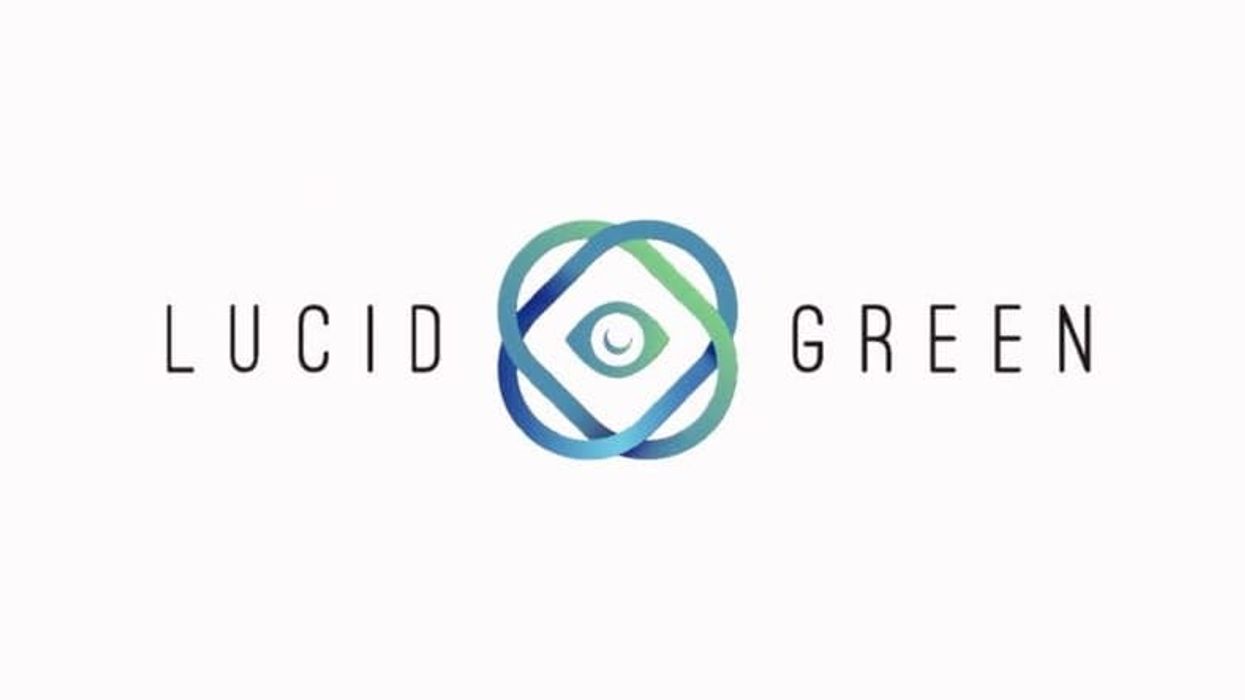

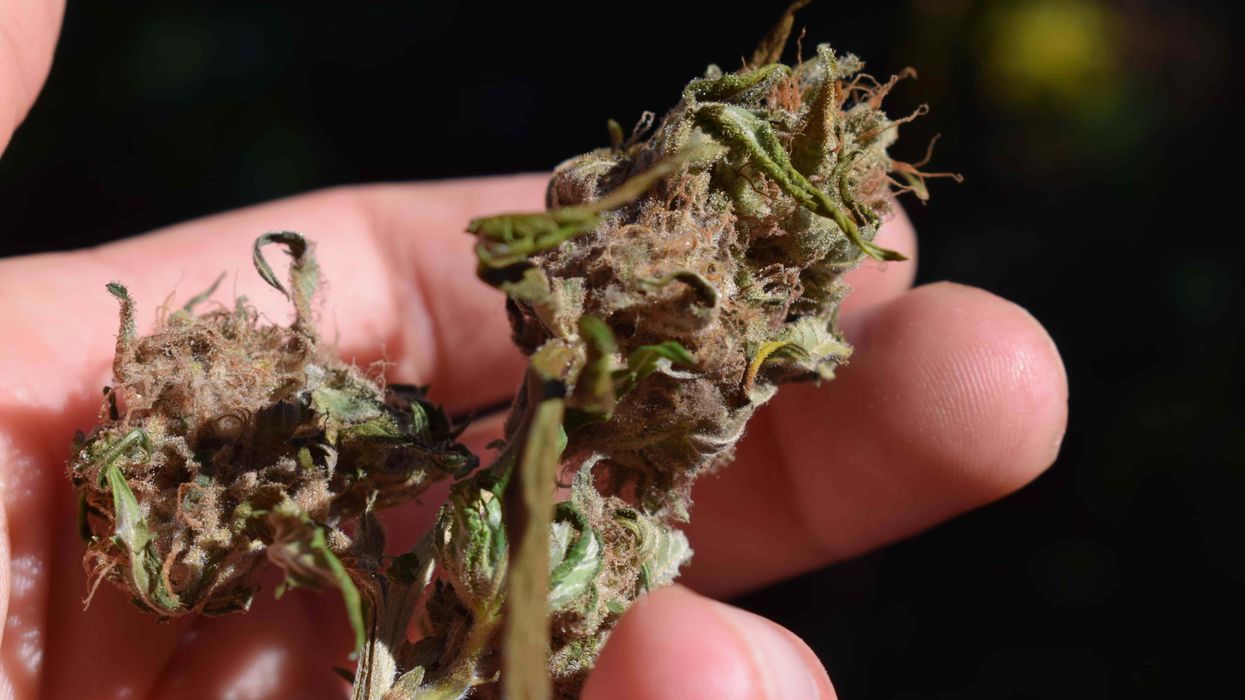
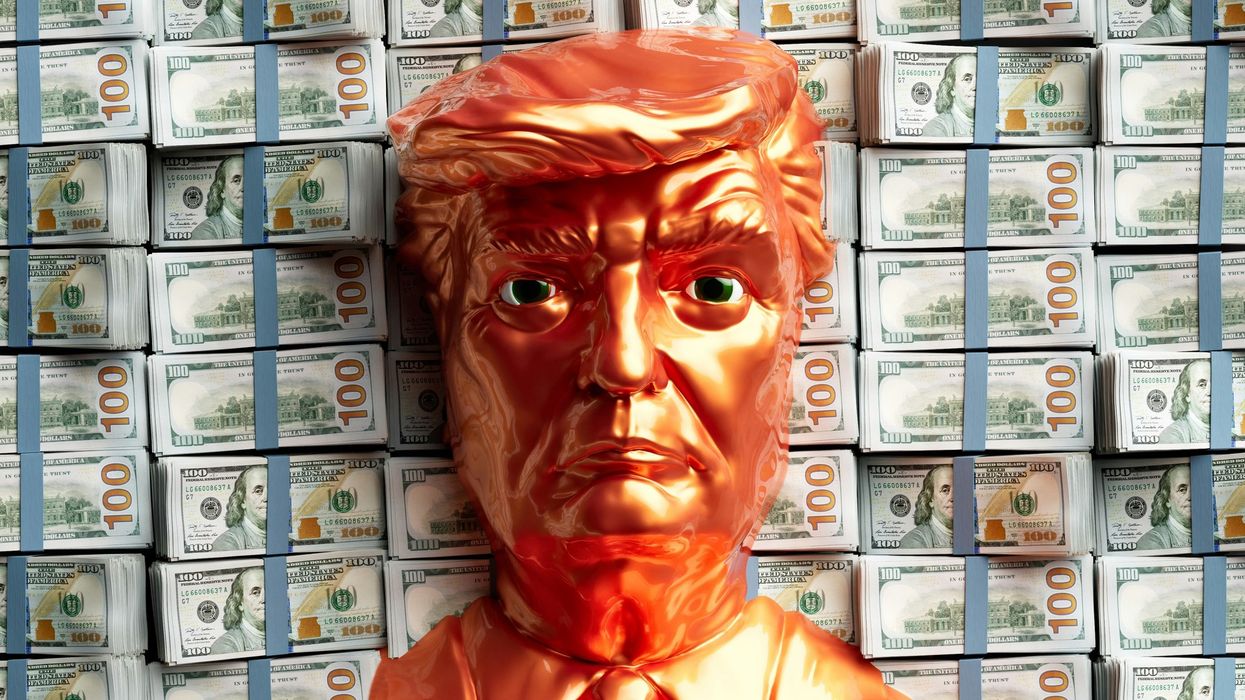
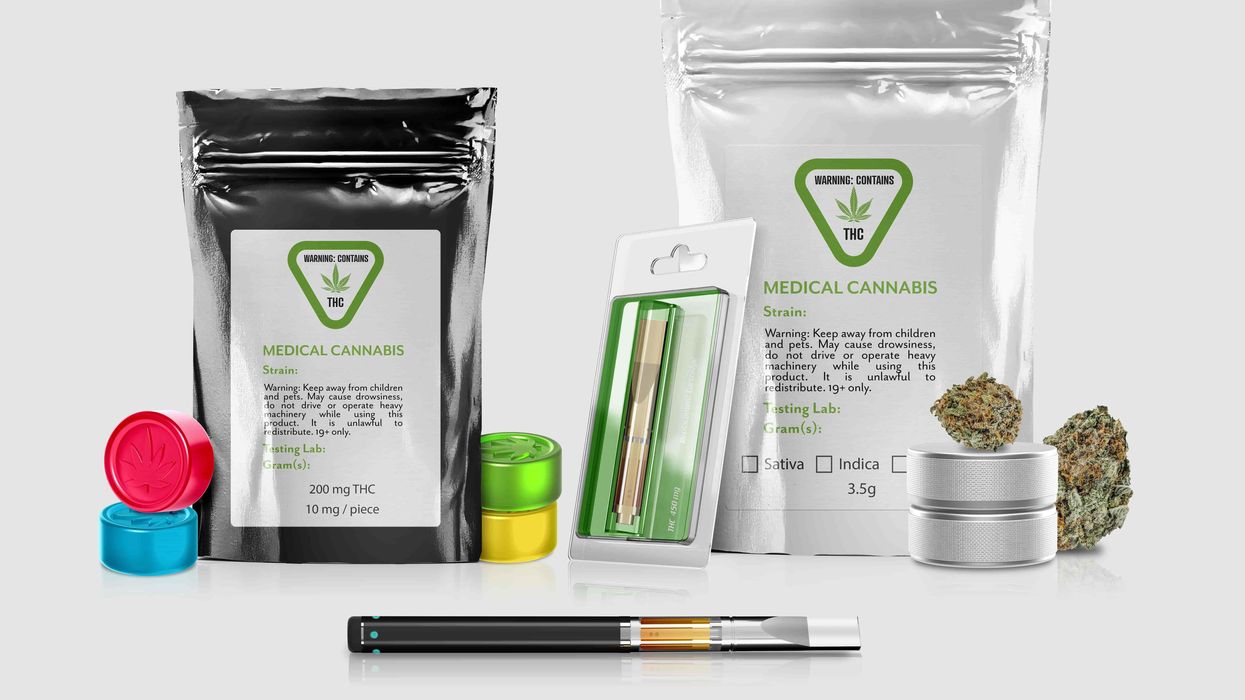


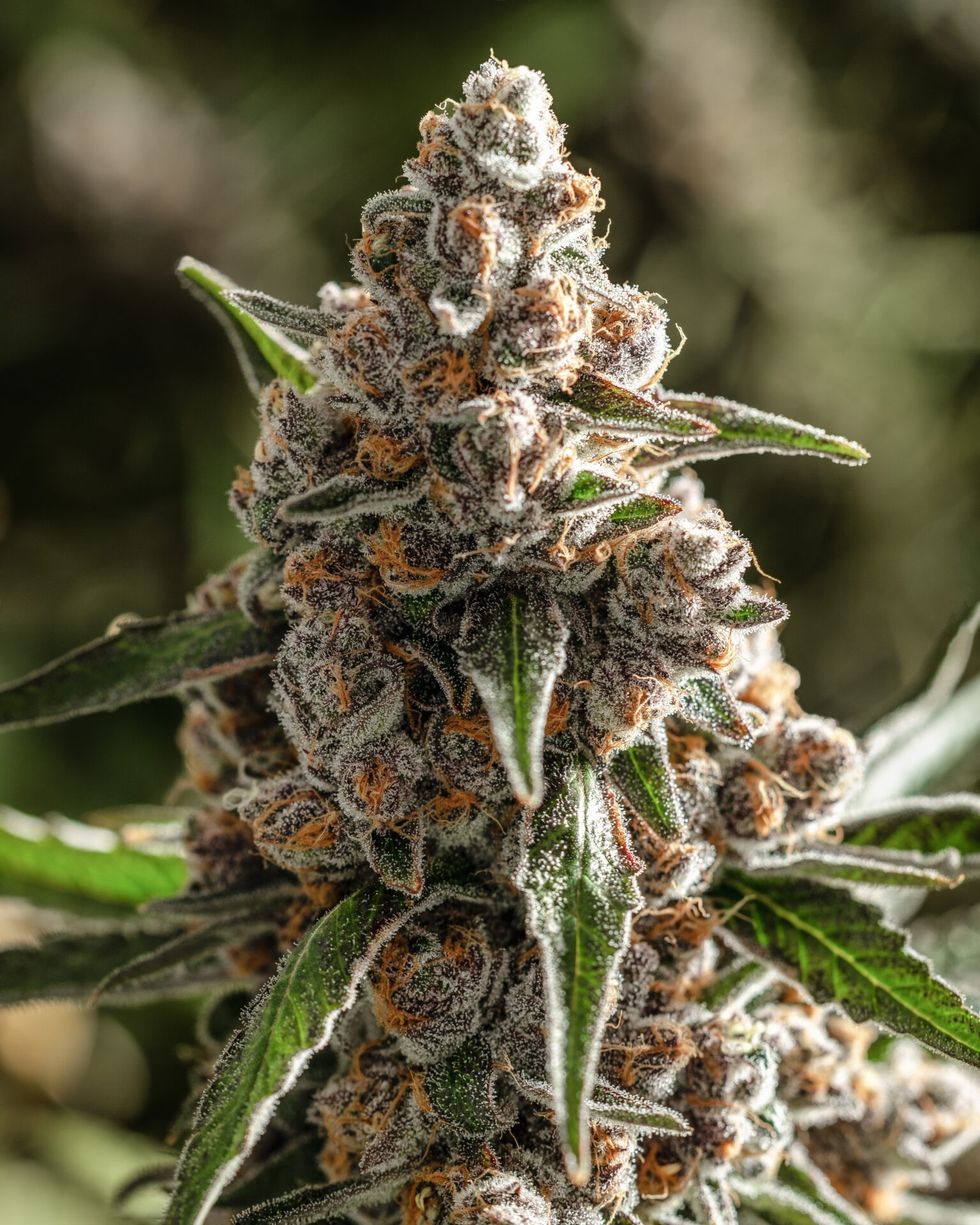 Super Boof Strain: 2024 Strain of the Year - The Bluntness
Super Boof Strain: 2024 Strain of the Year - The Bluntness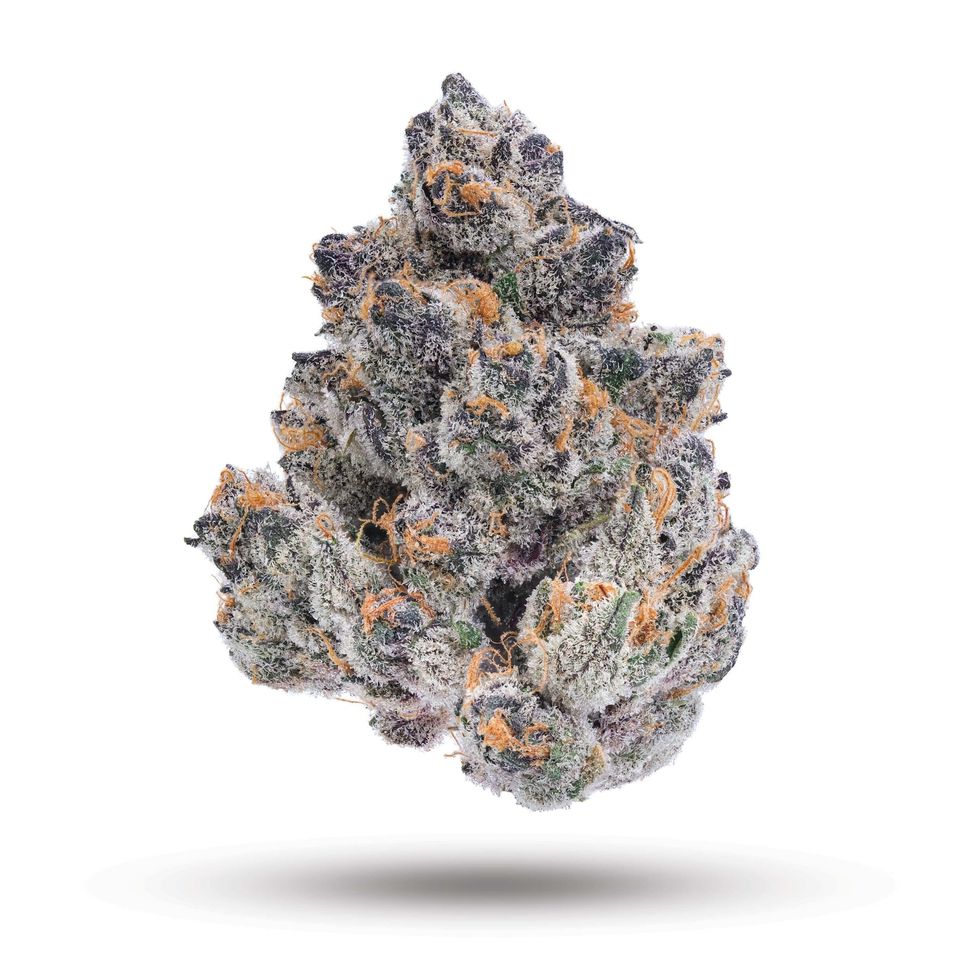 Super Boof Strain: 2024 Strain of the Year - The Bluntness
Super Boof Strain: 2024 Strain of the Year - The Bluntness


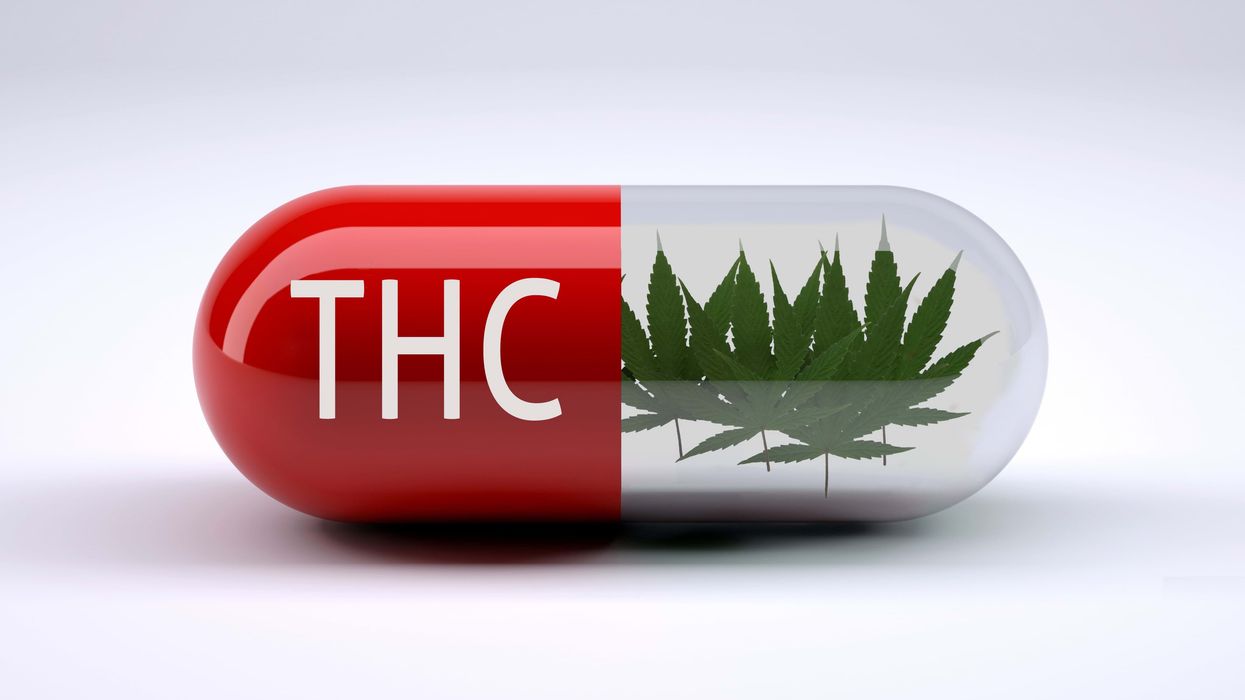
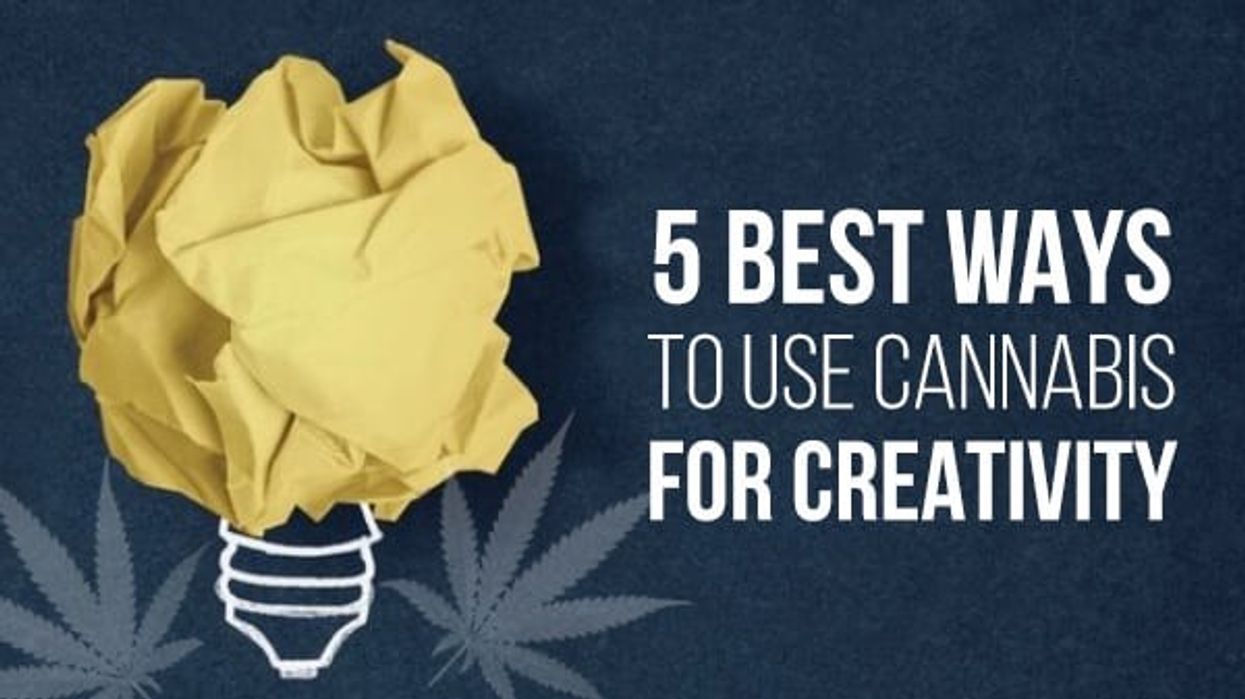
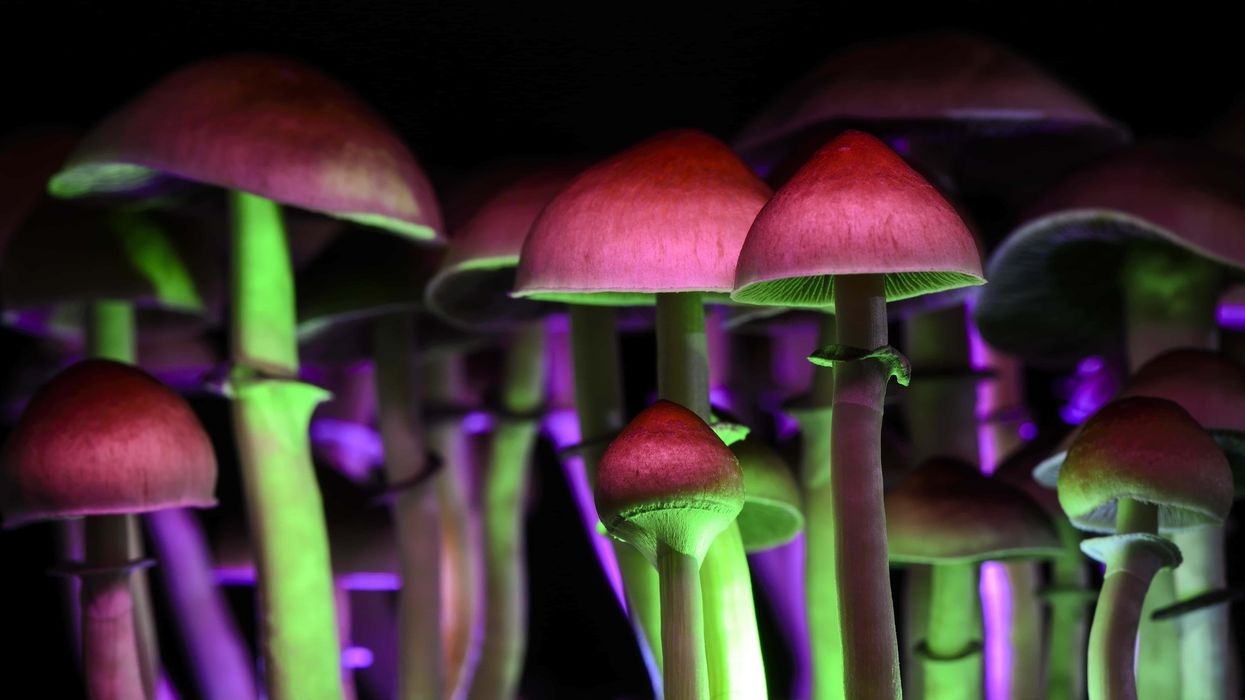
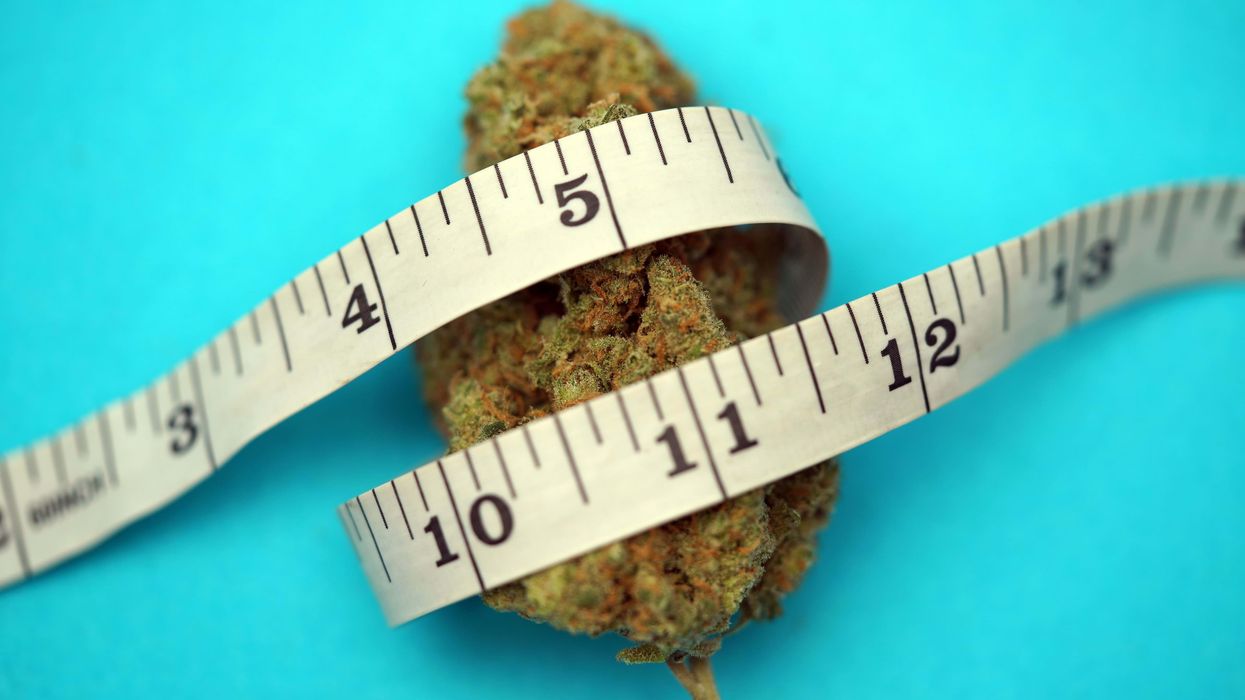

 Justin Timberlake Eye Roll Gif By Agent M Loves Gif - Find & Share on GIPHYAgent M Loves Gifs
Justin Timberlake Eye Roll Gif By Agent M Loves Gif - Find & Share on GIPHYAgent M Loves Gifs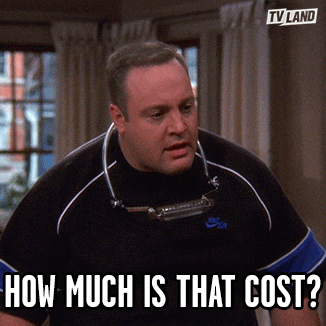
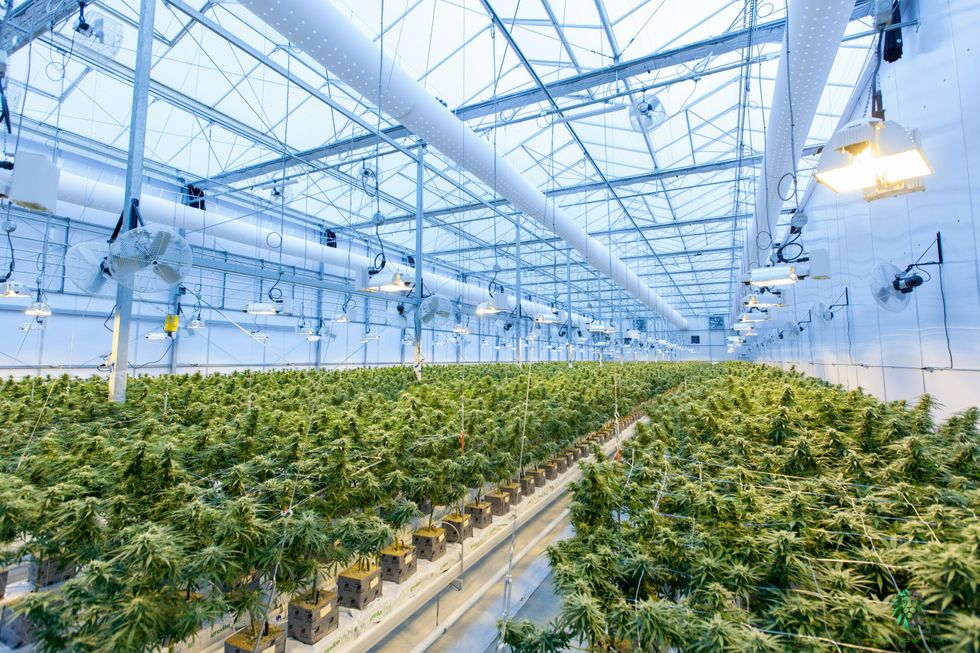 When it comes to pricing, cultivation methods matter - The Bluntness
Photo by
When it comes to pricing, cultivation methods matter - The Bluntness
Photo by 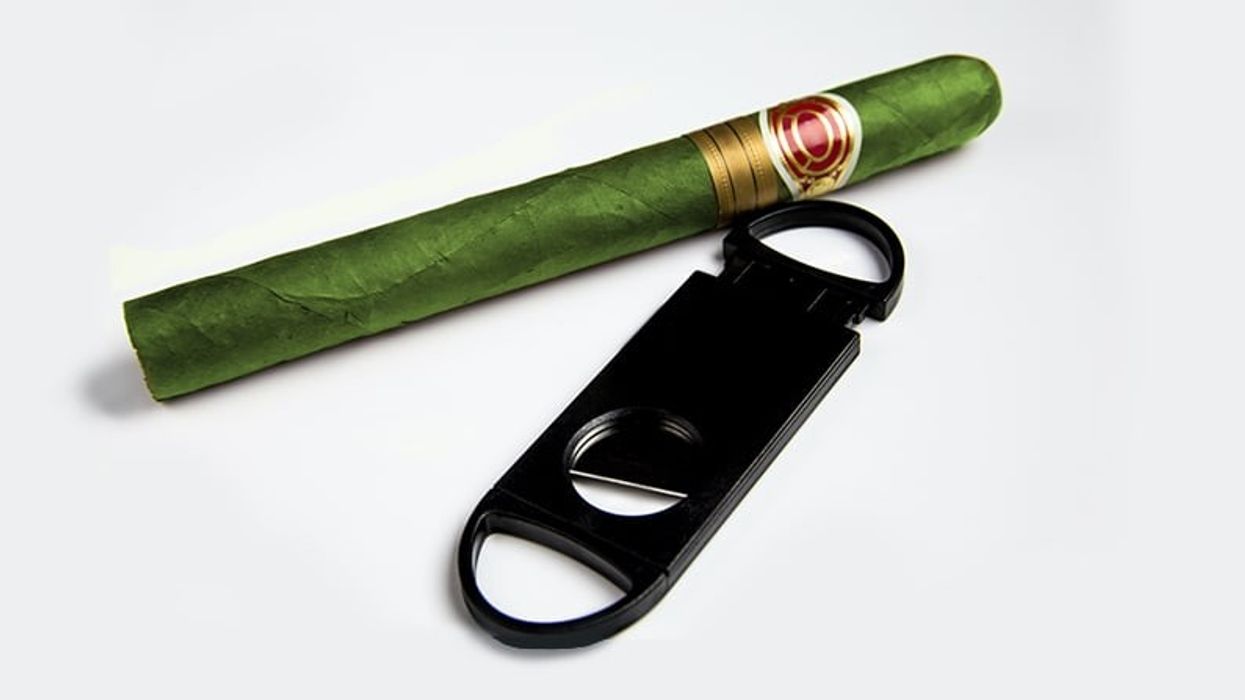
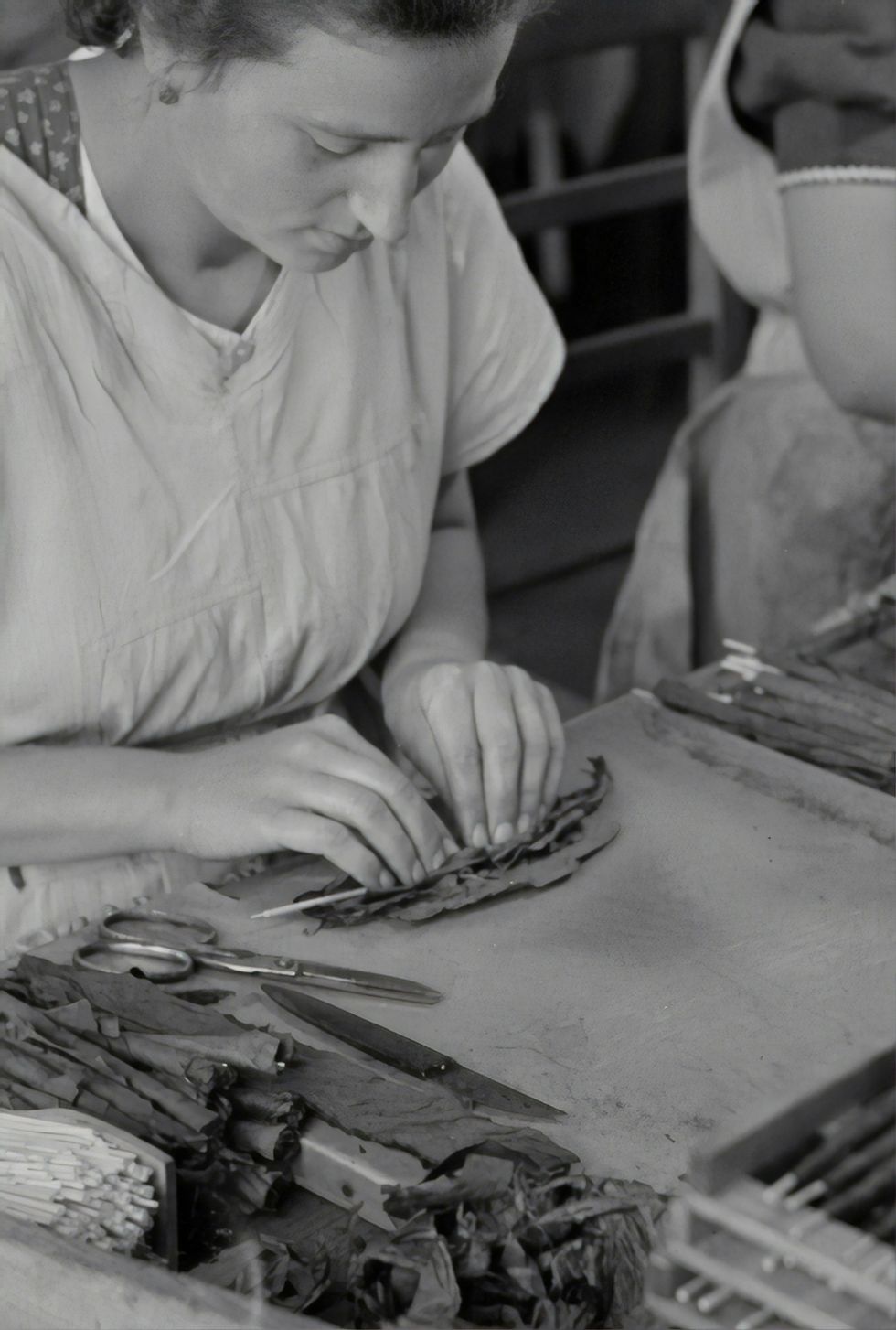 How to Make a Cannagar Without a Mold: A Comprehensive Guide - The Bluntness
Photo by
How to Make a Cannagar Without a Mold: A Comprehensive Guide - The Bluntness
Photo by